Medicare Part D: Prescription Drug Coverage Made Simple
When it comes to Medicare, hospital and medical coverage are just part of the equation. Prescription medications can be a significant expense, and that’s where Medicare Part D comes in. Part D helps cover the cost of prescription drugs, ensuring you get the medications you need without breaking the bank.


What Is Medicare Part D?
Medicare Part D is optional prescription drug coverage available to anyone enrolled in Medicare Part A and/or Part B. Private insurance companies approved by Medicare offer it, and each plan comes with its list of covered drugs (called a formulary), costs, and pharmacy networks.
You can get Part D coverage in one of two ways:
- A stand-alone Part D plan (PDP) – If you have Original Medicare (Parts A and B), you can enroll in a separate Part D plan for prescription drug coverage.
- A Medicare Advantage Plan (Part C) with drug coverage (MA-PD) – Some Medicare Advantage plans include prescription drug coverage, but not all do, so verifying before enrolling is essential.
What Does Medicare Part D Cover?
Part D plans cover many prescription medications, including those needed to manage chronic conditions and prevent illness. Medicare requires each plan to cover at least two drugs in each category, and certain essential medications are covered in full, including:
- Antidepressants
- Antipsychotics
- Anticonvulsants
- Immunosuppressants
- Anti-cancer medications
- HIV/AIDS drugs
- Most vaccines (such as the shingles vaccine and flu shots)
Each Part D plan has a formulary and a list of covered medications. This list can change yearly, so reviewing your plan annually is essential to ensure it meets your needs.
Affordable &High-quality
Health insurance



What Isn't Covered?
While Part D offers broad coverage, some drugs are typically not included, such as:
- Over-the-counter medications
- Weight loss or weight gain drugs
- Fertility treatments
- Cosmetic medications
- Erectile dysfunction treatments
Drugs already covered under Medicare Part A or B (such as medications administered in a hospital or doctor’s office)
How Much Does Medicare Part D Cost?
The cost of Medicare Part D depends on the plan you choose. Here are some typical costs associated with Part D:
- Monthly premium – Varies by plan and income level.
- Annual deductible – The amount you must pay out-of-pocket before coverage begins (some plans have a $0 deductible).
- Copayments or coinsurance – Your share of the cost for each prescription.
- Coverage gap (the “donut hole”) – After you and your plan spend a certain amount on drugs, you may pay a percentage of medication costs until you reach catastrophic coverage.
If you have a limited income, you may qualify for Extra Help, a federal program that reduces or eliminates Part D costs.

When Can You Enroll?
You can enroll in Medicare Part D during these times:

Initial Enrollment Period (IEP)
The 7-month window surrounding your 65th birthday (or when you first become eligible for Medicare).

Annual Enrollment Period (AEP)
October 15 to December 7 each year. You can switch, drop, or enroll in a plan during this period.

Special Enrollment Periods (SEPs)
Available for certain life events, such as losing employer coverage or moving to a new area.
IHealth Insurance One
Why Choose iHealth Insurance for Medicare Part D?
At iHealth Insurance, we make choosing a Medicare Part D plan easy. Our licensed experts will:
- Compare different Part D plans to find the one that covers your medications at the lowest cost.
- Help you understand formularies, copays, and coverage gaps so you’re never caught off guard.
- Ensure you get all available cost-saving benefits like Extra Help or state assistance programs.

Get the Right Medicare Part D Plan Today
Prescription drug costs shouldn’t be a burden. Let iHealth Insurance help you find a Medicare Part D plan that fits your budget and covers your medications. Contact us today to explore your options and get expert guidance!


